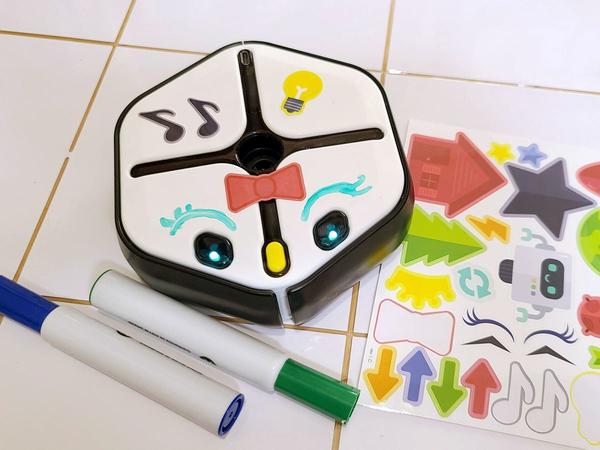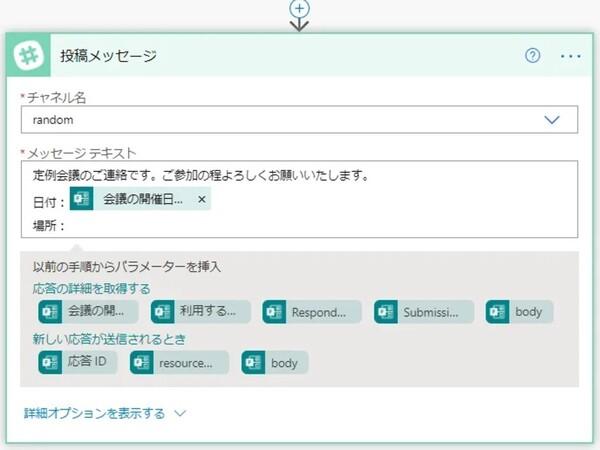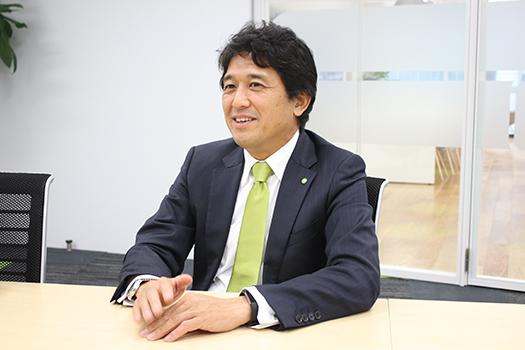Irobot's Rumba-like programming robot "Root", you can move, draw, climb and play
Irobot Japan, known for its robot vacuum cleaner "Rumba", will release a programming robot "Root" that even children can easily enjoy. In Japan, programming education has become compulsory at elementary schools since 2020, but Root is a robot targeting such a programming education market. The target age is 6 years old and over, the release date is February 19, and the direct sales price is 29,800 yen (tax included).
Move, make sounds, and draw! A robot that can be easily programmed
Root is iRobot's first programming robot. The biggest feature is the low hurdles that even small children who can't read can enjoy programming intuitively.
Robot vacuum cleaners are the high-performance robots that are familiar to ordinary households these days, but Root looks just like a compact cleaning robot. It's a small roomba if you say it. It is easy for children to get used to moving robots that are familiar to them with their own hands.
The programming robot Root, of course, does not have a cleaning function. However, it is equipped with multiple sensors such as bumpers and step sensors that detect obstacles, and color sensors that recognize colors. It seems that the basic technology of Rumba is adopted.
In addition to moving forward, backward, rotating, and stopping, the Root body has functions such as lighting up 8 color LEDs and playing sounds in 8 scales. There is a slit in the center of the main unit where the pen can be inserted, and you can also draw pictures and letters by controlling the timing of the pen touching the ground by program.
[Video] There is a magnet on the back of the main unit, and if the material sticks to the magnet, it can move on a vertical surface such as a whiteboard or blackboard. I tried moving it with the refrigerator door (audio will play, please be careful)

Programming in 3 stages, from block type to coding
Root is a programming robot, so programming is required to make it work. For programming, use the dedicated app "iRobot Coding" (Android version, iOS version, web browser version).
Interestingly, iRobot Coding offers three coding (programming) methods from level 1 to 3. At the easiest level 1, "Graphic Blocks", we will assemble and program blocks that illustrate the movement of Root. Touch operation or mouse drag and drop.
Since you can intuitively understand the movement of Root with illustrations, even small children will be able to get used to programming quickly. At Level 1, it is difficult to program complex movements, but you will be able to acquire the basic concepts of programming, such as "If ●●, do ●●".
At level 2, the content of the block becomes text instead of a picture, and it becomes a "hybrid block" that can program more complex movements. Some of the blocks can be combined with coding scripts, and you will be able to understand the flow of more full-fledged programming. Up to this point, even adults who have never touched programming can enjoy coding intuitively.
The last level 3 is the "full text block" where you type the syntax in all text code. When you get to this point, the image of "programming" comes to mind, and it becomes a little difficult for beginners who have never touched programming.
First, check the operation of the code created with the iRobot Coding app using the simulation window on the right side of the app. You can watch the animation of the movement of Root programmed by yourself. If the movement is different from what I imagined in my head, I will modify the program.
You don't need Root itself if you just want to create the code, but when Root actually moves, you feel that you have moved the robot with your own power, and you have a great sense of accomplishment. Adults and children alike may be fascinated by this. .
[Video] Pair the iRobot Coding app and the Root unit via Bluetooth and move the Root unit. The video shows a program for drawing a picture of a unicorn using the included whiteboard and pen.
Root is also attracting attention in STEM education in schools
By the way, in Japan, programming classes will be compulsory in elementary schools from 2020, but this time Root is being tested in some schools. It has been used in the past and is attracting attention as a teaching material. At Root's new product launch, Mr. Hiroyuki Tameda, who conducted a pilot class at an elementary school using Root before its release, talked about the appeal of Root.
Mr. Tameda commented that the fact that the Root itself resembles a robot vacuum cleaner is a major advantage. It is said that children who have a robot vacuum cleaner at home can intuitively understand what kind of movement Root will do, such as "backing up once it hits an obstacle."
Also, with the iRobot Coding app Level 1 and Level 2, even adults who have never programmed before should be able to figure out how to operate it just by touching it. If STEM education becomes more popular in the future, there will be more opportunities for children to study coding at home. With Root, even parents who are new to programming can teach small children the introduction to coding.

![What is "thousand eyes" at night? [Techniques for listening to jazz - the road to becoming a jazz "professional listener" 126]](https://website-google-hk.oss-cn-hongkong.aliyuncs.com/drawing/article_results_9/2022/3/28/9b839a325eb3ad18a729c92cc52aa70b_0.jpeg)


![[EV's simple question ③] What is good for KWH, which represents the performance of the battery?What is the difference from AH?-WEB motor magazine](https://website-google-hk.oss-cn-hongkong.aliyuncs.com/drawing/article_results_9/2022/3/9/b2506c4670f9f2cb45ffa076613c6b7d_0.jpeg)
![[How cool is the 10,000 yen range?] 1st: The performance of the "robot vacuum cleaner with water wiping function (19800 yen)" like Rumba is ...](https://website-google-hk.oss-cn-hongkong.aliyuncs.com/drawing/article_results_9/2022/3/25/5251bb14105c2bfd254c68a1386b7047_0.jpeg)

